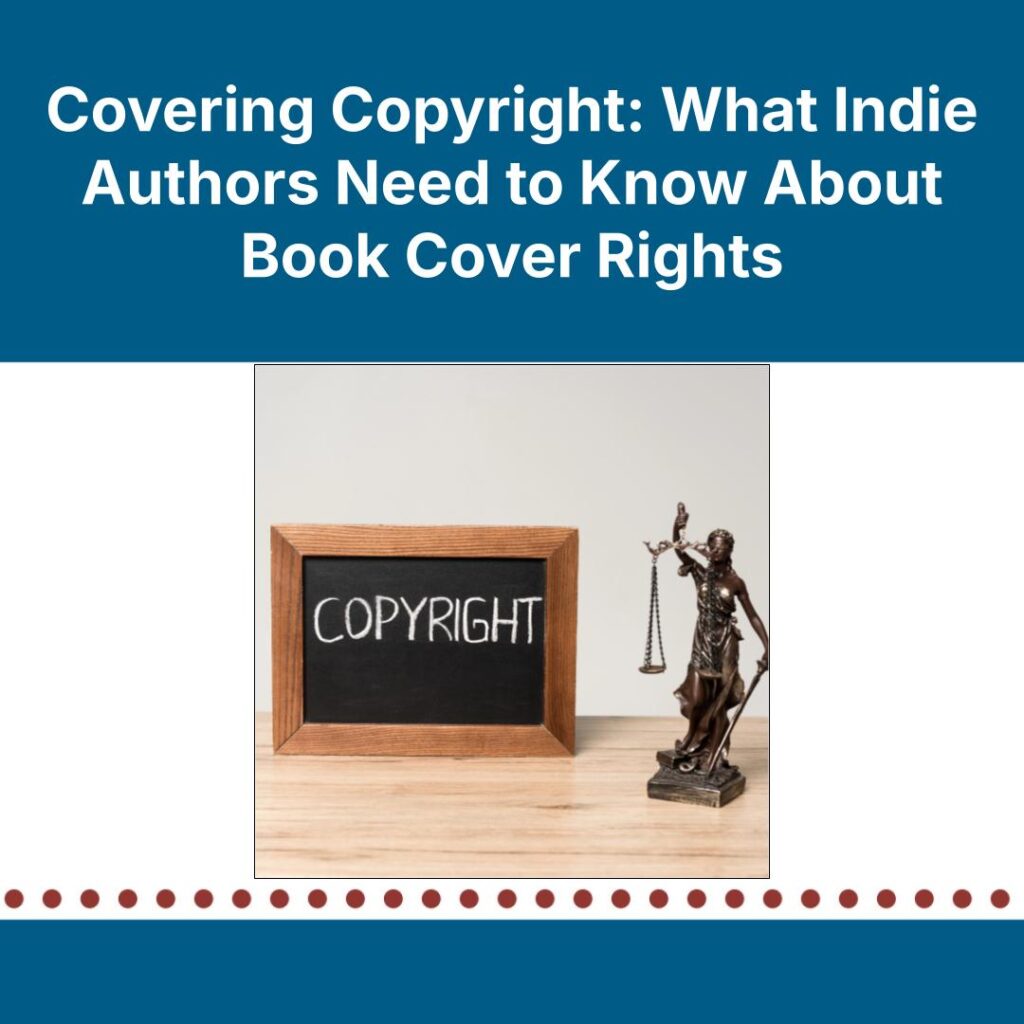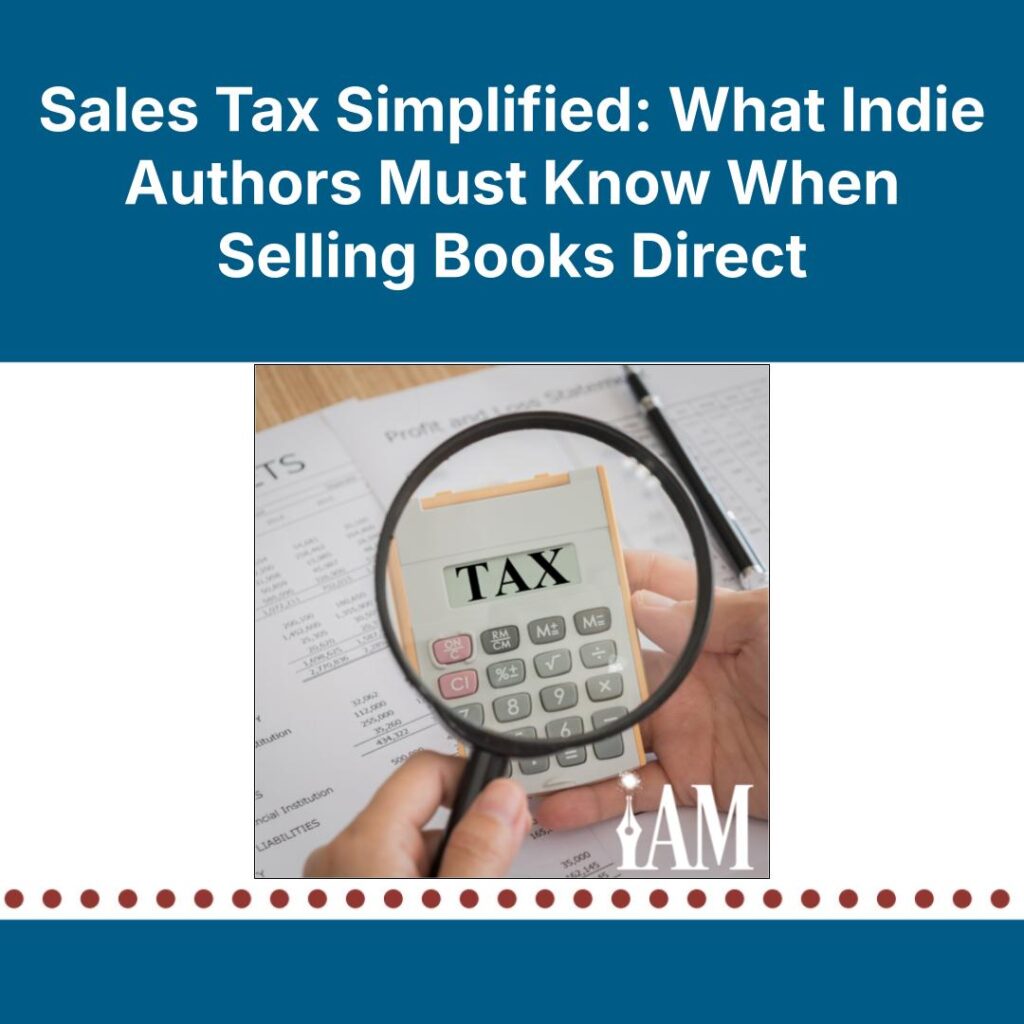Understanding Time Tracking in Writing
Whether your manuscript is an epic saga or spans the length of an hour, it’s easy to get lost in your own world and lose track of time. You enter the flow excited, sunlight shining through the window, and emerge hours later, exhausted and in the dark.
In the real world, cues like the change in lighting can reorient you pretty quickly, but what happens if you miss those details in your draft? Continuity errors based on confusing timelines can pull readers out of the story and send them searching for missed cues.
For plotters who’ve worked out every beat but forgotten to note the date, or for pantsers who’ve followed their characters into a wood too deep to see the stars, there are several ways to get back on track.
Internal Tracking
Writers with completed drafts may prefer to start with an internal tracking technique, since these often catch clues already built into the manuscript. In some cases, this will be all you need. And even if your internal tracking reveals larger inconsistencies, you can use your notes to build an external tracker before the next revision.
Flags and Annotations: The quickest way to check the flow of time in an existing work is to read through and mark it. You might color code different characters and storylines, but even highlighting the major plot points or circling built-in time references, such as “watching the sunset,” “waiting for hours,” or “after lunch,” will help identify any disruptions in the timeline.
Timestamps: Some writers begin every chapter with a date and time posted at the top. Others add them into revision notations as comments or headings. If a manuscript includes time jumps, flashbacks, or nonlinear storytelling, timestamps can keep the draft organized. Unless the book is a Thriller, however, most authors remove timestamps before publishing, replacing them with embedded references to time passing.
Passage Mapping/Cornell Notes: Passage mapping and Cornell Notes are note-taking methods often used in test prep courses to help students identify significant words and phrases in their reading. The results are a hybrid of annotations and chart building, which can be great for authors who decide they need an outline halfway through writing the novel.
Whereas you can practice passage mapping in the margins of your work, Cornell Notes involve both internal and external documentation. To format them, first read through a chapter, marking any references to time passing, flashbacks, or characters’ plans or memories. Then, take abbreviated notes on the events and time references in the right-hand column of my page, and add headings on the left-hand side to identify where these events happen in the story’s overall timeline. Jot any timeline questions in the left-hand column as well. At the bottom of the page, write a brief chapter summary. By the end, you’ll have an abstract of each chapter and where the events fit into the overall timeline, which you could then use to build an outline.
External Tracking
These techniques allow writers to keep track of time in a separate document from their work-in-progress and can be created as part of the planning process, constructed and changed during drafting, and/or referenced for revision. As a bonus, external tracking can offer a more visual or tactile organization method than simply color-coding or underlining text.
Timelines, Grids, Charts, and Tables: Timelines are great for organizing big picture events and story mapping. Try using an Excel template, like author Laura Drake suggests in her writing blog, a storyboarding program like Plottr to create a digital timeline, or a more in-depth spreadsheet for complex storylines. For a more tactile tool, draw it on a whiteboard or build it on a corkboard with string and Post-It notes. When you need to track multiple timelines or points of view, these options can be more efficient than a series of lists or complex outlines.
Calendars and Planners: If you’d rather lay out events as you would in the real world, find a calendar for the month and year in which your story takes place. Even stories set in the distant past or future can be mapped out using calendars generated online, according to the Aspiring Writing Academy. Alternatively, use an undated planner, especially if the story takes place in a world that doesn’t use traditional timetables, like a planet with longer days or a fantasy world that measures time by the sighs of a turtle. Blank planners, like bullet journals, might be more efficient for stories that include large time jumps or fit a significant amount of action into a shorter period.
Outlines and Reverse Outlines: Plotters already know this, but outlining your story in advance is probably the most direct way to make sure that events happen in the order you intend. That doesn’t mean that the dreaded formal outline is completely useless to pantsers. You may just have to come at it in reverse.
A reverse outline is exactly what it sounds like: the outline process backwards. After finishing a draft, reread your work, recognizing the natural beats, story arcs, and act breaks. After fitting these into an outline, you can more intentionally arrange details to fit a logical time frame.
Pro Tip: Some writing apps, like Scrivener and Reedsy Book Editor, will do this for you if you set it up before you start writing.








